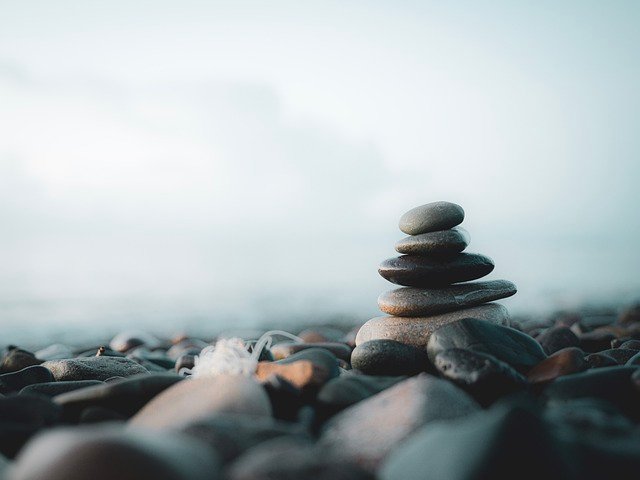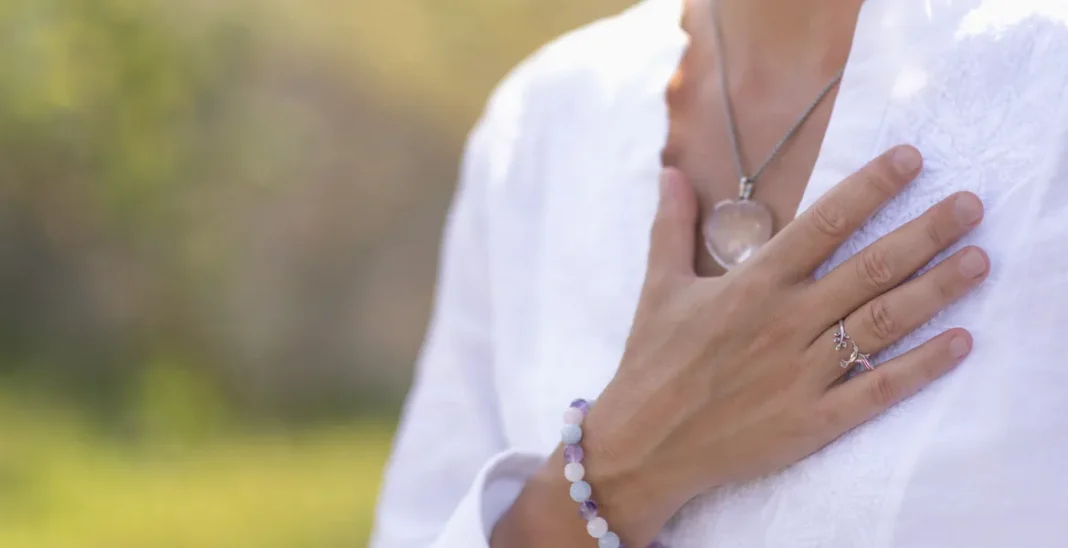Big emotions can feel like crashing waves—sudden, powerful, and disorienting. Whether it’s grief, anger, fear, or sadness, these intense feelings often sweep us off our feet, pulling us into their current and clouding our ability to stay grounded in the present moment. But what if instead of fighting the tide, we learned to float with it? What if, through mindfulness and compassion, we could learn to sit beside our emotions and witness them with gentleness, rather than judgment?
That’s the invitation of this simple, yet transformative guided meditation: to learn how to be with big emotions instead of pushing them away. It’s not about fixing or analyzing your feelings, but about making space to feel them honestly, in real time—without the pressure of interpretation or resolution.

Turning Inward: The Purpose of Presence
At its core, this meditation is a practice in presence. Often, when emotions arise, our first instinct is to intellectualize or narrate them. Why do I feel this way? What does this say about me? How do I make it stop? But emotions don’t speak in words—they speak in sensation. A tight chest. A lump in the throat. Butterflies in the stomach. That’s where this meditation begins: not in the mind, but in the body.
By tuning into the physical experience of an emotion, we bypass the mental chatter and come closer to what’s real in the moment. This shift is powerful. The story may still be there in the background, but it softens. And in that softening, healing begins.
The Practice: A Meditation for Meeting Big Emotions
Find a quiet space where you won’t be disturbed. Sit comfortably—on a cushion, in a chair, or on the ground. Let your hands rest softly in your lap. If it feels safe to do so, close your eyes.
Begin by bringing your attention to your breath. Don’t try to change it—just notice it. Inhale gently. Exhale slowly. Let each breath be an anchor.

Now, invite in whatever emotion is present. You don’t need to name it or define it—just notice. Maybe it’s a sadness behind your eyes, a tension in your gut, or a heat rising in your chest. Let it be there, just as it is.
Instead of clinging to the story (this happened, therefore I feel…), return to the sensation. Ask gently: Where in my body do I feel this most strongly? What does it feel like? Is it sharp? Heavy? Tingling?
Breathe into that space. No need to force anything to change. Simply let your awareness be a soft light, illuminating whatever you find.
If tears come, let them. If stillness comes, let that stay too. This is not a performance. It’s a moment of truth between you and yourself.
Why This Works
When we allow ourselves to sit with emotion without judgment, we break the cycle of resistance. So much of our emotional suffering comes not from the feeling itself, but from our reaction to it—the fear of it, the shame around it, the desire to make it disappear.
But emotions, like waves, eventually rise and fall. By witnessing them without resistance, we help them complete their natural arc. And often, they pass more quickly and peacefully than we expect.
Important Note: Honoring Your Limits
This practice, though gentle, can bring powerful feelings to the surface. It’s not unusual to uncover layers of emotion you didn’t expect. If at any point you feel overwhelmed or unsafe, it’s okay to stop. Breathe. Open your eyes. Ground yourself by touching something solid—a chair, the floor, your own heartbeat.
And if you’re working through trauma or deeply rooted pain, consider doing this kind of emotional work with the support of a therapist or counselor. Presence doesn’t have to mean going it alone.

After the Meditation: Caring for Yourself
Once the meditation ends, give yourself a few moments to simply be. You may want to journal, stretch, sip water, or rest. Be kind to your body and spirit, especially if strong emotions surfaced.
This practice is not a cure-all. But it is a doorway—to self-awareness, emotional clarity, and, most importantly, self-compassion. The more you return to it, the more familiar and supportive it becomes.
Final Thought: You Are Not Your Emotion
Remember, you are not the sadness. You are not the anger. You are the space that can hold these emotions, the conscious presence that can witness them come and go.
And in learning to be with them—without fear or resistance—you reclaim your power, moment by moment.


